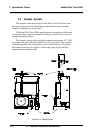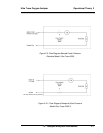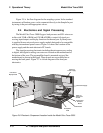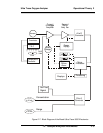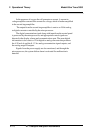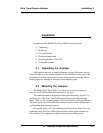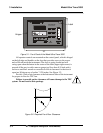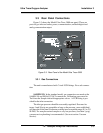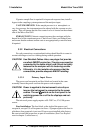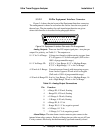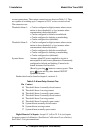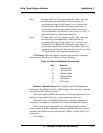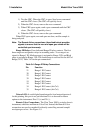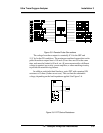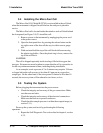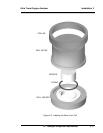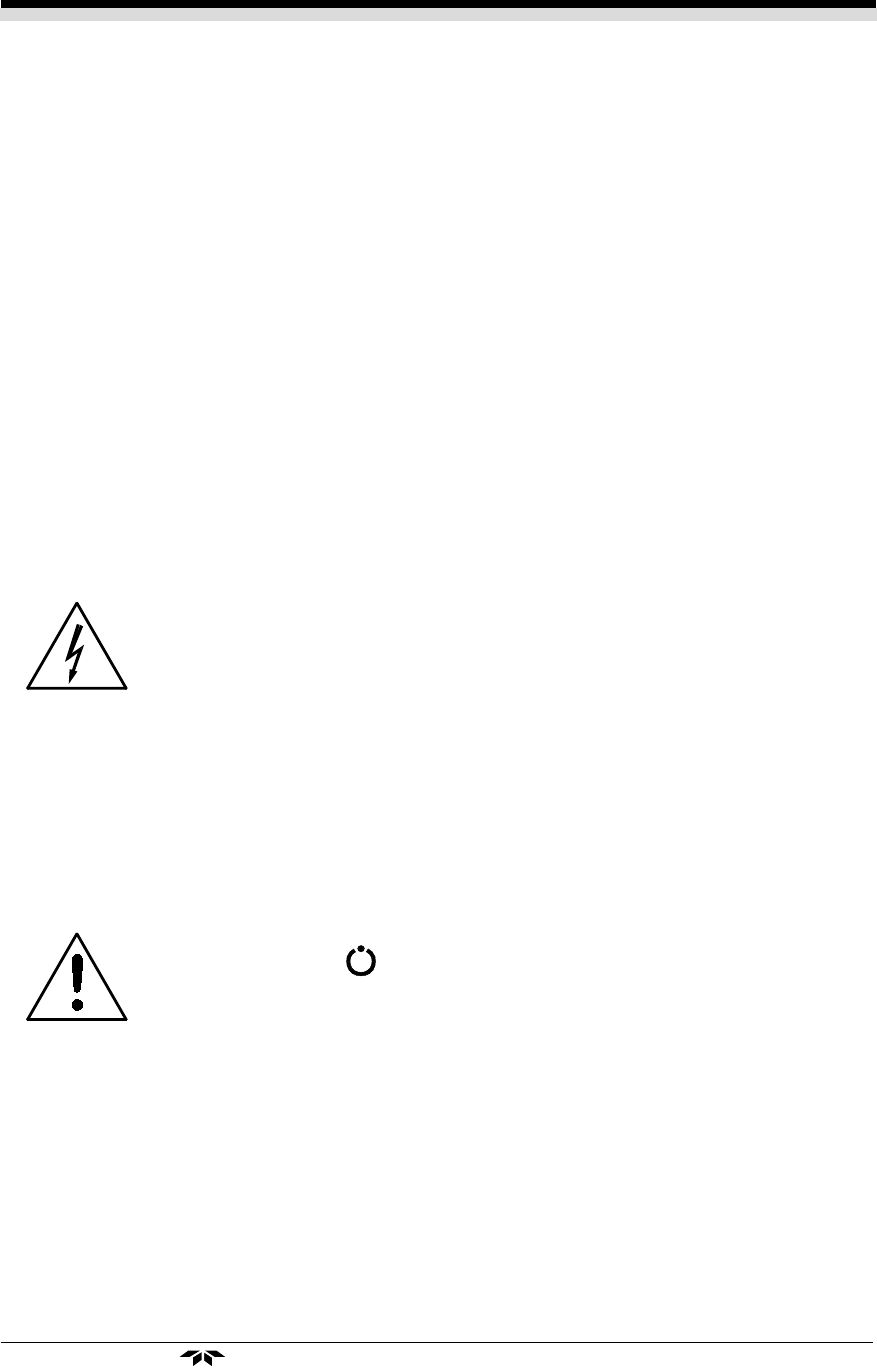
3 Installation Model Ultra Trace 3000
3-4
Teledyne Analytical Instruments
If greater sample flow is required for improved response time, install a
bypass in the sampling system upstream of the analyzer input.
VACUUM SERVICE: If the sample pressure is at atmospheric or
very low pressure, the instrument must be ordered with the vacuum service
option. This will ensure that the flow control valve is located on the exhaust
side of the Micro-Fuel Cell.
EXHAUST OUT: Exhaust connections must be consistent with the
hazard level of the constituent gases. Check Local, State, and Federal laws,
and ensure that the exhaust stream vents to an appropriately controlled area,
if required.
3.3.2 Electrical Connections
For safe connections, no uninsulated wiring should be able to come in
contact with fingers, tools or clothing during normal operation.
CAUTION: Use Shielded Cables. Also, use plugs that provide
excellent EMI/RFI protection. The plug case must be
connected to the cable shield, and it must be tightly
fastened to the analyzer with its fastening screws.
Ultimately, it is the installer who ensures that the
connections provide adequate EMI/RFI sielding.
3.3.2.1 Primary Input Power
The power cord receptacle and fuse block are located in the same
assembly. Insert the power cord into the power cord receptacle.
CAUTION: Power is applied to the instrument's circuitry as
long as the instrument is connected to the power
source. The red switch on the front panel is for
switching power on or off to the displays and out-
puts only.
The universal power supply requires a 85–250 V ac, 47-63 Hz power
source.
Fuse Installation: The fuse block, at the right of the power cord
receptacle, accepts US or European size fuses. A jumper replaces the fuse in
whichever fuse receptacle is not used. Fuses are not installed at the factory.
Be sure to install the proper fuse as part of installation. (See Fuse Replace-
ment in chapter 5, maintenance.)



